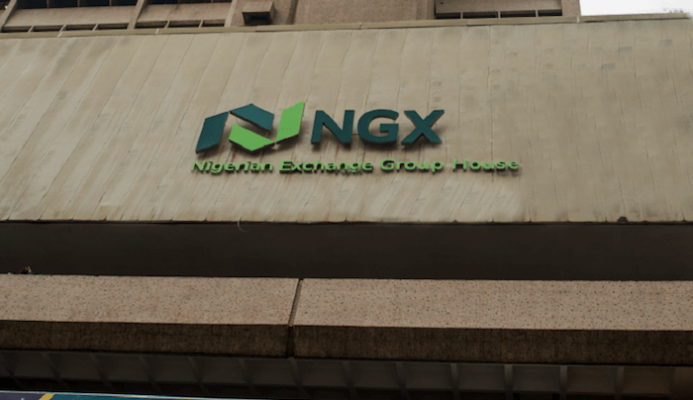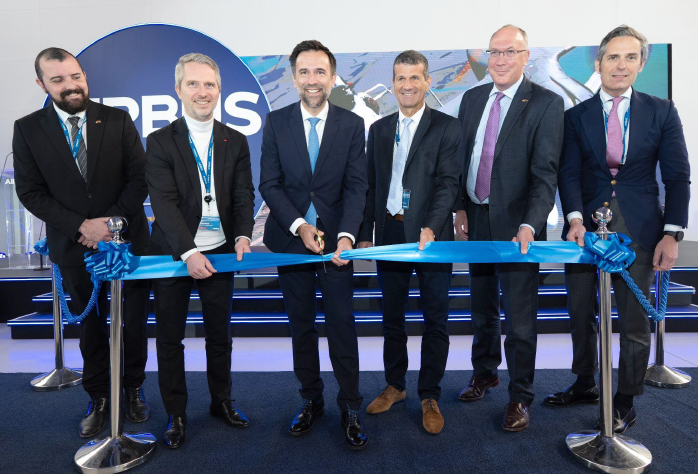Digital technology is seen to have a huge potential of bringing financial services to underserved adults, and as such bridging the gap in financial inclusion, according to Gallup, Inc.
Access to financial products and services is becoming more attainable than ever, especially for consumers that live in rural locations or regions without the structures of a modern economy. Not only can financial technology make these products and services more accessible, it can also make them more affordable by lowering the cost of doing business for the financial institution, savings which can be passed on to the consumer.
Couple this with the near ubiquitous availability of affordable mobile phones and cellular networks and a world where no one is excluded from the financial system may not be that far out of reach.
Gallup, Inc., an American research-based global performance-management consulting company, in its Global Findex database, the world’s most comprehensive database on financial inclusion worldwide, shows that 1.7 billion adults do not have a bank account, but more than 1 billion of these unbanked adults have a mobile phone, which potentially offers convenient access to financial services.
The research firm says government and businesses could reduce the number of unbanked adults if they stopped using cash for routine transactions and took up digital technology instead.
The database shows that globally “roughly 230 million unbanked adults work for businesses and get paid in cash, and 78 percent of these people own a mobile phone. At the same time, 100 million unbanked adults receive government payments in cash, including 67 million who have a mobile phone.”
Using sub-Saharan Africa as an example, the firm reveals that about one in five adults uses mobile money accounts based on simple text-based phones. Having internet access in addition to a mobile phone only expands the range of possible transactions. It insisted that mobile banking does not necessarily require advanced gadgets.
The firm in its research also reveals that roughly half a billion adults pay utility bills in cash even though they have a bank account, a mobile phone, and internet access. Expanding the use of digital payments could dramatically improve efficiency for both utility providers and their customers.
Financial inclusion, which covers much more than just payments and transactions includes savings, credit and insurance, none of which receive the same level of attention as the first two. It is about access to tools to facilitate day-to-day living and for everything from long-term personal and business goals to unforeseen emergencies.
According to a new World Bank report based on data collected in partnership with Gallup, 1.2 billion adults worldwide have opened a bank account since 2011, including 515 million in the past three years. Globally, 69 percent of adults, 3.8 billion people, now have an account at a bank or with a mobile money provider.
“These numbers are important because bank accounts offer people a pathway out of poverty by helping them invest in education and business opportunities. They also make it easier to manage unexpected expenses, like a hospital bill or the loss of a breadwinner, that can push families into hardship,” the report says.
The World Bank and Gallup work together to collect data for the Global Financial Inclusion (Global Findex) database, which tracks how adults in more than 140 economies use bank accounts, save money, access credit and manage financial risks.
Global Findex data are used to track progress toward the U.N.’s Sustainable Development Goals, as well as the World Bank’s goal of Universal Financial Access by 2020.










